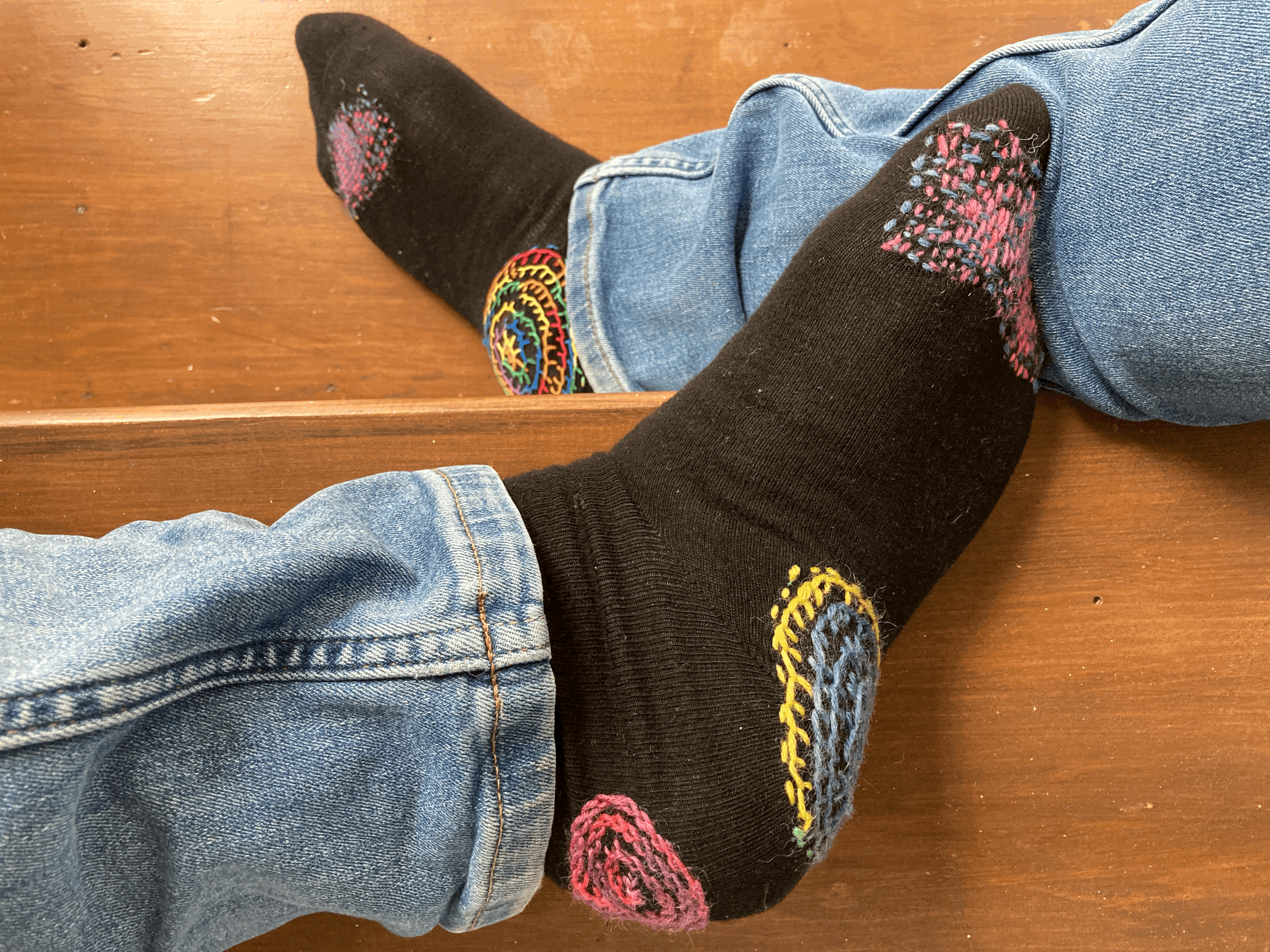Get Into Mending
By mending your clothing, you are ensuring that you can wear each item for longer, slowing down how much you consume and making sure that less goes to waste.
And it’s not just the items going into landfill - the fashion industry is responsible for 10 % of annual global carbon emissions, more than all international flights and maritime shipping combined. At this pace, the fashion industry’s greenhouse gas emissions will surge more than 50 % by 2030. Check out these facts:
Every year the fashion industry uses 93 billion cubic meters of water — enough to meet the consumption needs of five million people. - it takes 3,781 litres of water to make a pair of jeans, 2,700 for a t-shirt
Every year a half a million tons of plastic microfibres are dumped into the ocean, the equivalent of 50 billion plastic bottles. The danger? Microfibres cannot be extracted from the water and they can spread throughout the food chain.
Of the total fibre input used for clothing, 87 % is incinerated or disposed of in a landfill.
The average person today buys 60 % more clothing than in 2000. And not only do they buy more, they also discard more as a result.
Less than 1 % of used clothing is recycled into new garments. The Ellen MacArthur Foundation estimates that every year some USD 500 billion in value is lost due to clothing that is barely worn, not donated, recycled, or ends up in a landfill.
Doubling the life of a garment from one to two years reduces it’s carbon footprint by 24 per cent.
Mending clothing is a lot easier than you might think. Start with a sock, and when you’re more confident move up to a sweater. This video will show you how

